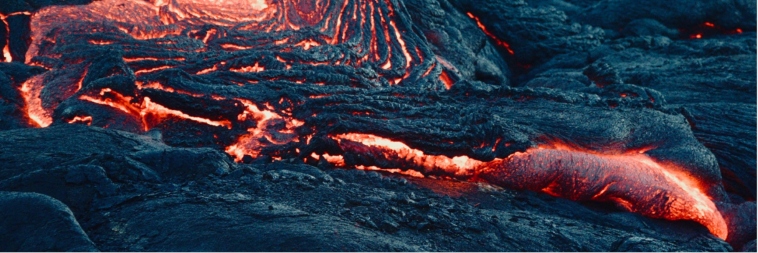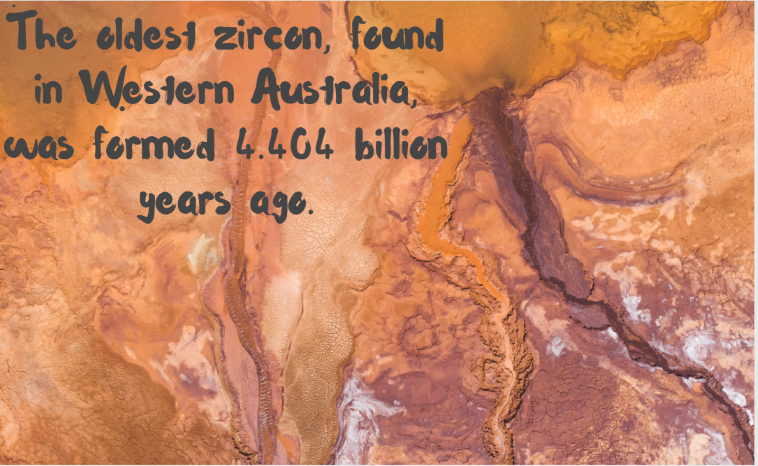Half-life: Measuring the decay of atoms on asteroids

Determining the age of rocks based on the half-life idea caused, as might be expected, great disbelief and the resolute refusal of many authorities of science to accept it.
How old ideas led to new ones
In literature, it can be found that Rutherford determined the age of one rock at as much as 700 million years, which he talked about to his colleagues at a professional lecture.
It is said that Lord Kelvin listened to that lecture with great interest and respect, but that he did not change his opinion that the world is 24 million years old until the end of his life.
But new measurements followed, in which the method of calculating age by the decay of atoms was confirmed each time and thus became more reliable, and geologists constantly found older rocks, those whose age is estimated at 1.3 billion years, then 2.5, then to 3.8 billion.
What makes this so difficult?
It is not easy to find a very old rock on Earth because the surface of our planet is changing, melting, grinding due to erosion and especially due to the movement of tectonic plates. In the process of moving the tectonic plates, the Earth’s crust of one plate is submerged under another where it melts.
Later on, through volcanic eruptions and through cracks in the ocean floor, the crust is ejected to the surface as a completely new type of crust. That is why the Earth’s crust is young. Yet some very old rocks have been found in Canada, Australia, Africa. One, found in Canada in 1999, is as old as 4 billion years. Another, even older, was found in Western Australia. In fact, it was a very old zircon crystal.
The Zircon
Zircon is a mineral, widely distributed in the Earth’s crust, and is found in igneous and sedimentary rocks. It must contain uranium and thorium in the amount of 0.1 to 1%. Uranium and thorium have different half-lives, which allows a good reading of the age of zircon.
The oldest zircon, found in Western Australia, was formed 4.404 billion years ago. This means that the Earth is at least as old. In fact, more, because the geological processes that led to the creation of the sample also take some time, so the Earth must be older than that.

Now, one might think that the data on the age of our planet obtained by measuring the decay of atoms in a stone is unreliable. Well, it would be such that it is based on only one measurement of the decay of atoms in one rock.
But from Rutherford until today, countless measurements have been made of various materials, on various occasions, for various reasons, and the whole procedure has been theoretically explained in detail. Simply put, all the calculations and all the theory match perfectly.
Asteroids can tell stories
But that’s not all. The entire solar system was created by the swirling solar cloud. From the particles of dust and gases of that cloud came the Sun, countless rocks, and stones, and from them the planets.
Occasionally some of the remaining rocks fall to Earth. Many have been found and examined. Most of them are between 4.53 and 4.58 billion years old. These rocks originate mainly from decaying asteroids, and asteroids are the most reliable witnesses of ancient times, because they have not changed since their inception and contain records of the oldest times of the solar system.
And all the bodies of the solar system came into being at about the same time. That is why the age of asteroids is approximately the same age as that of the Earth.
Well, the age of the Moon says the same thing. Samples brought by astronauts from the moon are 4.1 to 4.5 billion years old.
The conclusion
In the end, the conclusion: our planet is slightly older than the oldest rock found on Earth, but younger than the oldest asteroids, because it took time for it to form itself. How much time?
It is not known exactly, maybe only a few million years, maybe a few hundred million. The exact date of the Earth’s origin cannot be known, but today the most reliable estimate says:
The earth is 4 billion and 540 million years old, with a possible error of one percent.
Want to read more about the universe? Visit our blog!

